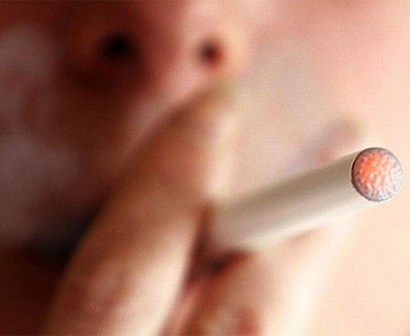Carcinogen in tobacco smoke to provide a more relevant model to understand disease
 U. S. researchers have said that a carcinogen in tobacco smoke is being used in oral cancer research to provide a more relevant model to understand the disease.
U. S. researchers have said that a carcinogen in tobacco smoke is being used in oral cancer research to provide a more relevant model to understand the disease.
Smoking is understood to be one of the leading causes of oral cancer, but research on oral cancer in has been limited to using synthetic carcinogens manufactured especially for cancer research, instead of examining the carcinogens that occur in tobacco smoke, say Joseph Guttenplan of the the New York City College of Dentistry and Dr. Karam El-Bayoumy of the Pennsylvania State University College of Medicine.
It has been reported that the researchers injected low, medium and high doses of dibenzo(a, l)pyrene, a carcinogen in tobacco, into the mouths of 104 mice. After 38 weeks, one group of the mice developed excessive numbers of mutations in their oral tissue and within one year, 31 percent of a second group of mice displayed large tumors in their mouths.
Guttenplan says in a statement, "As a result of this study, we now have a model that is significantly better than past models which relied on synthetic carcinogens. We plan to use this new model in future studies to examine potential agents for cancer prevention." (With Inputs from Agencies)